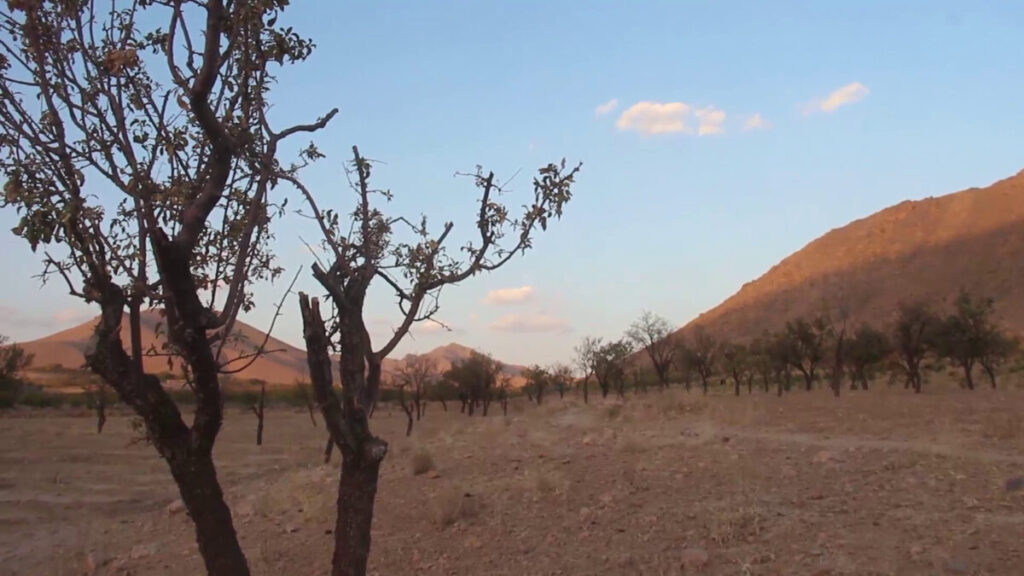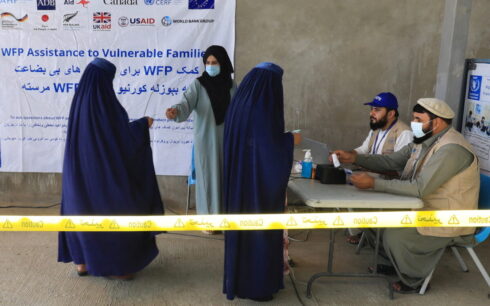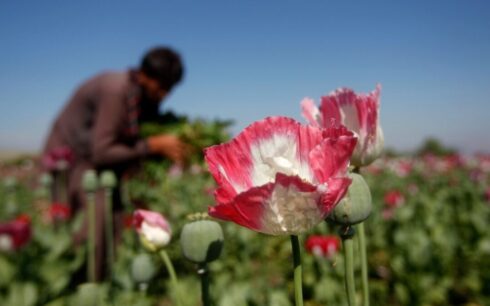La Niña, a climate phenomenon that causes cooler-than-average sea surface temperatures in the central and eastern Pacific Ocean, has historically been linked to below-average rainfall in Afghanistan and other parts of Central and South Asia, according to the 2025 Afghanistan Food Security and Agro-Climate Monitoring Report by the University of California.
La Niña disrupts global weather patterns by shifting atmospheric circulation, often leading to drier conditions in regions that depend on seasonal rainfall. In Afghanistan, this can have significant consequences for agriculture, livestock, and hydropower production, exacerbating food insecurity.
“Given the potential for significant impacts, closely monitoring seasonal rainfall patterns and the evolution of La Niña conditions is essential to mitigate risks to livelihoods and food security,” the report stated.
While significant snowfall in mid- and high-elevation areas during January has helped bolster water resources and support agricultural activities, the report notes that cumulative precipitation from October through January remains below average nationwide.
Despite this overall deficit, the report found that snow water equivalent levels are above average in most basins, and well-distributed precipitation has helped maintain soil moisture.
“The recent precipitation has significantly improved soil moisture conditions, ensuring sufficient levels for land preparation and the upcoming spring wheat planting window, which begins in a few weeks and extends through late March or early April 2025,” the report noted.
Afghanistan remains one of the countries most severely affected by climate change, with increasingly erratic weather patterns and rising food insecurity threatening livelihoods and economic stability. The report underscores the need for close monitoring and adaptive strategies to mitigate the risks posed by La Niña-related dry conditions in the coming months.





